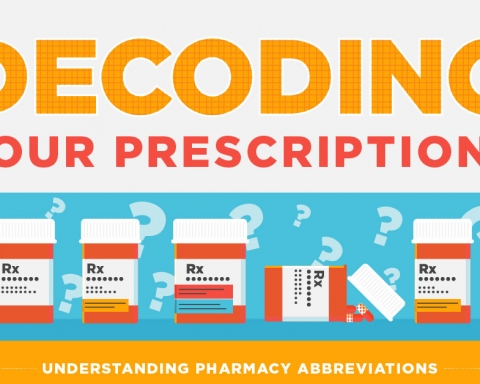Impaired driving due to prescription medication is often given less attention than driving under the influence of illegal drugs. Yet, prescription drugs are just as dangerous, if not more dangerous, because many people are either not aware of the drug’s influence on their driving or assume prescribed medication is “safe.”
Some medication, however, significantly increases the risk of car crashes. According to the World Health Organization’s report “Drug Use and Road Safety”, the risk of a fatal crash occurs when someone takes benzodiazepine or a sleeping pill like Zopiclone more than doubles.
What are the most common prescription drugs involved in D.U.I.s, and should the medical community play a role in curbing the drugged driving problem?
The top 6 prescription drugs involved in D.U.I. incidents
1. Opioid pain pills
Opioids are involved in 13% of drug-related road traffic deaths. Ironically, many people became addicted to opioid pain pills after it was prescribed for pain that, in some cases, was caused by an injury sustained in a car crash.
2. Benzodiazepines and other anti-anxiety medications
People who become addicted to benzodiazepines often misuse them, upping their dosage without consulting their doctor.
3. Sleeping pills
Sleeping pills can remain in the body for a few hours after waking. Some people also take them before they head home to “kick in” by the time they get home. Depending on the person’s drug sensitivity, the problem is that it can take effect sooner, causing drowsiness while driving.
4. Antidepressants
A study by the American Psychological Association found that people taking antidepressants were worse at driving than those who were not taking them, especially if they were experiencing symptoms of depression at the same time.
5. Cold and flu medication
Cold and flu medications that contain dextromethorphan (DXM) already pose a threat to drivers because they cause drowsiness.
What’s worrying is the alarming trend among teens to abuse cold and flu medication, like Nyquil and cough medicine, to “get high” because they’re inexpensive and readily available. Teens are also the most at risk of being in a car crash. Taking these types of medication in large doses can induce hallucinations and euphoria, increasing the risk of being involved in a car accident.
6. Antihistamines
Many people view antihistamines like Benadryl as innocuous. But again, someone with a lower drug tolerance can experience a higher degree of sedation, especially if it is a first- or second-generation antihistamine.
How much responsibility rests with doctors and pharmacists?
People take drugs because medical doctors prescribe medications, and we prescribe a lot of them. In the United States alone, 6,32 million prescriptions were dispensed in 2020. Should the medical community accept more responsibility in how we dispense medication?
- Are doctors and pharmacists stressing the side effects and dangers of driving with these drugs in their system with their patients? Many people do not bother reading the leaflet that outlines a drug’s side effects or take the warnings seriously.
- Should doctors and pharmaceutical companies be held accountable? As history shows, over-prescribing pills is not a new problem. Overprescribing OxyContin, for example, is what kickstarted the opioid pain pill crisis. Yet, there was little consequence for many doctors who over-prescribed them.
- How do we manage doctor-hopping, i.e., when a patient can’t get a drug they’re addicted to from one doctor, they move to another doctor? Is tighter regulation required so that doctors can spot this trend among patients?
Are countries doing enough to curb drugged driving?
In the U.S., each state has specific laws on D.U.I. violations. Some take a zero-tolerance approach imposing hefty fines, license suspension, and jail time in an attempt to deter irresponsible driving behavior.
Many U.S. car insurance companies penalize policyholders involved in a D.U.I. incident by hiking their insurance premium. An at-fault accident could raise insurance rates by as much as 45%.
The U.K. amended their drug-driving legislation in 2012, listing specified controlled drugs and limits of how many micrograms should be present per liter of blood. However, many other countries that prohibit drugged driving do not clearly define what is considered a “drug” nor specify a threshold.
Australia has a roadside drug testing policy. Drivers provide a fluid sample, such as saliva, blood, or urine, tested immediately. If the test is positive, it is sent for laboratory analysis to confirm the presence of a drug. Spain follows a similar policy.
Drug-impaired driving also came under the scrutiny of the Food and Drug Administration (F.D.A.). In 2013, the F.D.A. lowered the recommended dose of sleeping pills such as Ambien — cutting the dose by half for women, who tend to process the drug more slowly. This was in response to evidence that showed that the presence of these drugs remained high enough the next day to impair activities like driving. Despite these deterrents, DUI-related traffic accidents continue to occur. Driving under the influence of prescription medication needs greater attention. It’s a complex problem that requires better regulation, public health education, and addressing healthcare practices.








